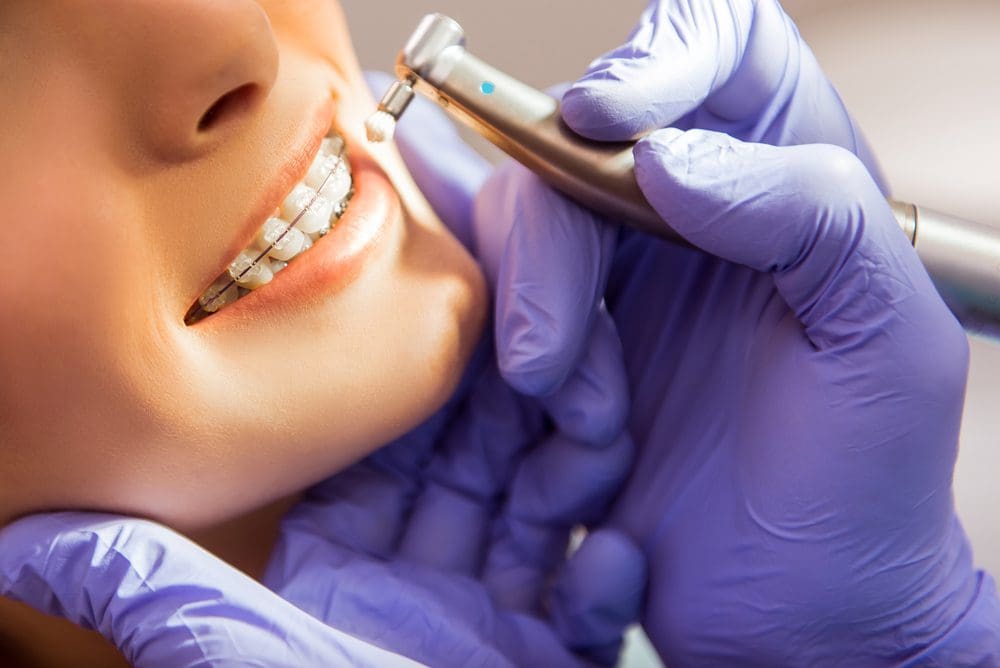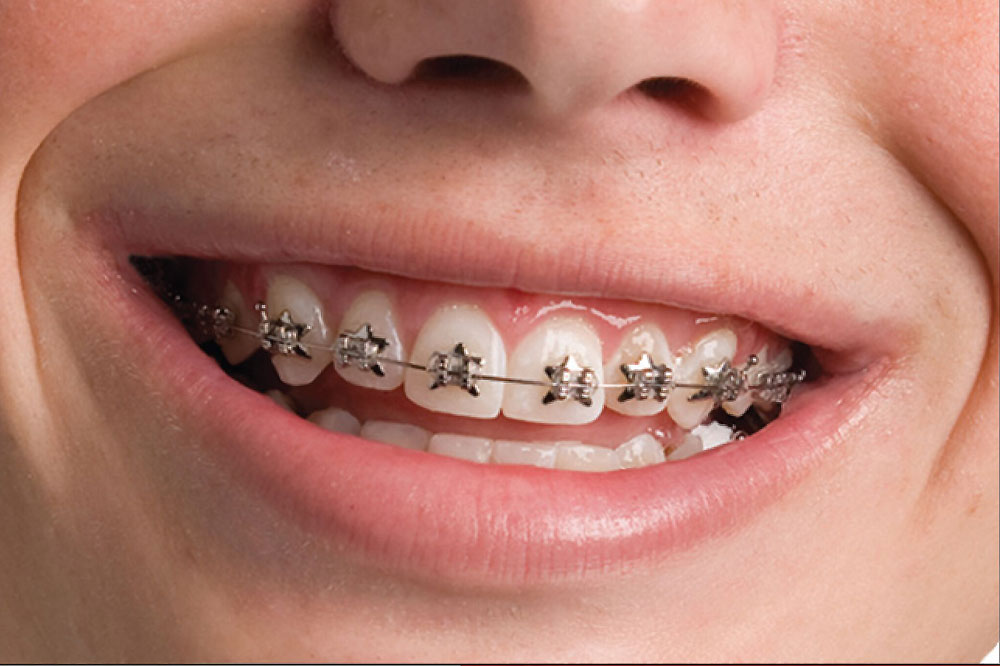Why Cumming Invisalign is the Perfect Selection for a Discreet Orthodontic Solution
Why Cumming Invisalign is the Perfect Selection for a Discreet Orthodontic Solution
Blog Article
Comprehensive Overview to Orthodontics Treatments for Fixing Oral Imbalances
In the realm of orthodontics, the trip to achieving a completely aligned smile includes a myriad of procedures customized to correct dental misalignments. From standard braces to unnoticeable aligners and even surgical alternatives, the field of orthodontics offers a range of remedies to resolve differing degrees of oral abnormalities. Understanding the details of each procedure, including their systems, advantages, and possible downsides, is crucial in making educated choices concerning one's orthodontic treatment. As we navigate via the comprehensive guide to orthodontic procedures for fixing dental imbalances, the intricate details of each technique will unravel, shedding light on the course towards a unified and practical dental alignment.
Orthodontic Procedures Summary

Along with typical dental braces and clear aligners, orthodontists may additionally advise other interventions like headwear, palatal expanders, or retainers to attend to details placement issues (cumming aligners). These procedures are customized to every patient's one-of-a-kind demands and might involve a combination of treatments to achieve the preferred outcomes. Normal modifications and surveillance are essential components of orthodontic therapy to make certain progress is on track and to make any necessary alterations in the process. By undertaking orthodontic treatments, individuals can not only achieve a straighter smile but also boost their general oral health and wellness and feature.
Traditional Dental Braces: Just How They Work
When thinking about orthodontic therapies for dental imbalances, traditional braces stand out as a reliable technique for correcting teeth placing. Typical dental braces are composed of brackets, cables, and bands that work with each other to apply constant pressure on the teeth, slowly relocating them right into the preferred positioning.
One secret facet of how traditional dental braces job is the procedure of bone renovation. As stress is applied to the teeth with the dental braces, the bone surrounding the teeth is reshaped to sustain the new tooth settings. This makeover is important for the lasting security of the fixed positioning. People will certainly need normal modifications at the orthodontist's workplace to make certain the braces remain to use the appropriate stress for efficient teeth movement.
Undetectable Aligners: Disadvantages and pros
These clear, custom-made trays are practically invisible when used, making them an attractive option for people looking for a much more cosmetically pleasing orthodontic therapy. Patients can get rid of the aligners before eating or cleaning their teeth, minimizing the risk of food obtaining stuck in the home appliance and simplifying the cleaning procedure.

Surgical Orthodontic Options
Surgical interventions in orthodontics present practical alternatives for addressing complex oral misalignments that might not be efficiently solved through traditional orthodontic treatments. While undetectable aligners and typical dental braces can correct lots of orthodontic issues, specific cases require medical intervention to accomplish optimal results. Surgical orthodontic alternatives are dental care dentist normally suggested for extreme malocclusions, significant jaw inconsistencies, and cases where the underlying bone structure requires adjustment to attain appropriate alignment.
One common medical orthodontic treatment is orthognathic surgery, which involves rearranging the jaws to remedy functional issues such as problem speaking or chewing. This surgery is commonly performed in cooperation with an orthodontist who aids align the teeth prior to and after the treatment. Surgical orthodontics may likewise entail procedures to expose influenced paedodontics teeth, eliminate excess gum cells, or reshape the jawbone to create an extra harmonious face profile.
Before considering surgical orthodontic options, patients go through an extensive examination to figure out the necessity and prospective advantages of such interventions. orthodontics. While surgical treatment may seem overwhelming, it can significantly boost both the function and appearances of the smile in situations where conventional orthodontic therapies fail
Retainers and Post-Treatment Care

Post-treatment care involves adhering to the orthodontist's instructions vigilantly. This may include proper oral hygiene methods, participating in follow-up visits, and putting on the retainers as recommended. Failing to adhere to post-treatment care guidelines can cause regression, where the teeth gradually relocate back towards their initial placements. Constant retainer wear, excellent oral hygiene, and regular oral examinations are see this site important for maintaining the results attained through orthodontic surgical treatment and ensuring the lasting stability of the dealt with dental positioning.
Conclusion
In final thought, orthodontic procedures supply various choices for dealing with oral misalignments. Surgical orthodontic choices are available for more severe misalignments. In general, orthodontic procedures can properly enhance oral health and aesthetic appearance.
As we navigate through the extensive overview to orthodontic treatments for fixing dental imbalances, the complex details of each technique will unfold, losing light on the path toward a harmonious and useful oral positioning. - cumming braces
One of the most common orthodontic therapies is the use of dental braces, which consist of metal brackets and cables that use mild stress to slowly move teeth right into the wanted position.When considering orthodontic treatments for dental misalignments, traditional braces stand out as a reliable technique for correcting teeth positioning. Furthermore, undetectable aligners might not be ideal for complicated orthodontic issues that need even more significant teeth movement, as they are usually suggested for light to modest cases. Retainers are custom-made orthodontic devices designed to hold teeth in their dealt with positions after the conclusion of orthodontic treatment.
Report this page